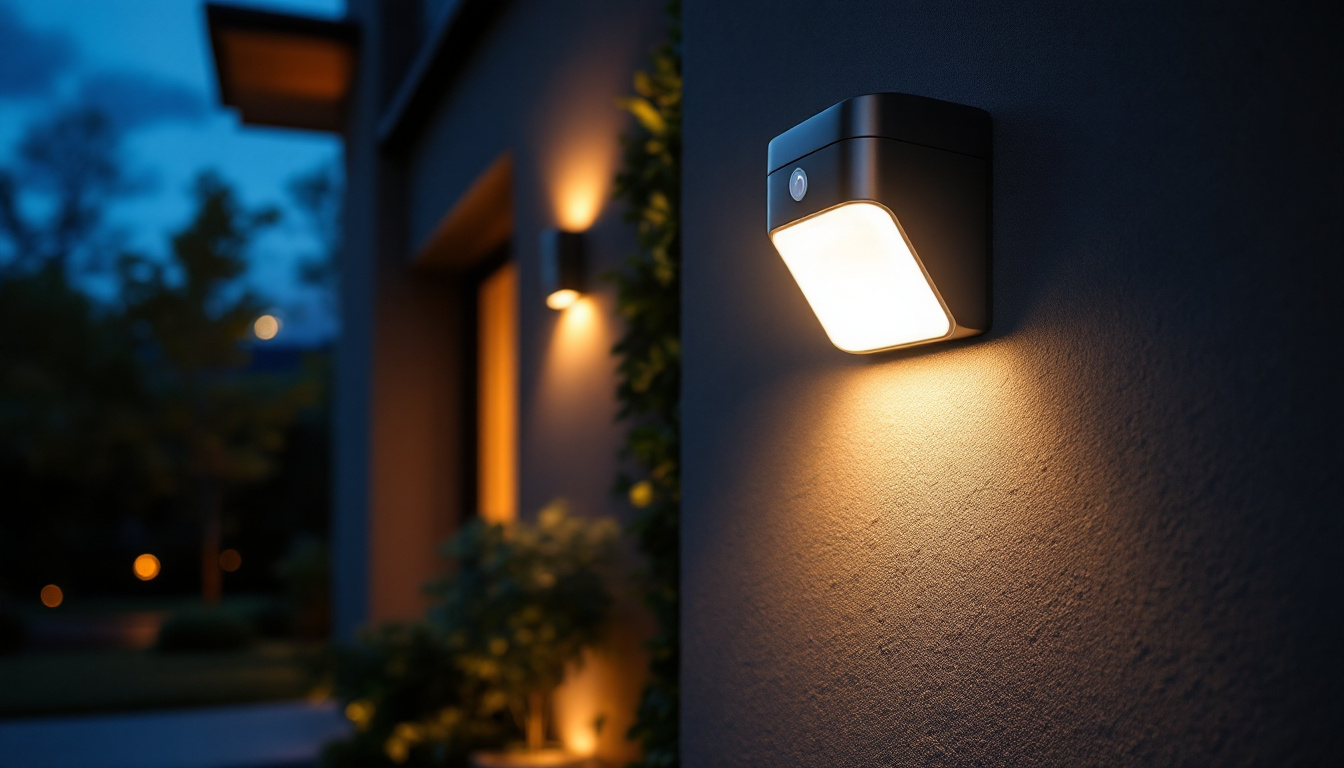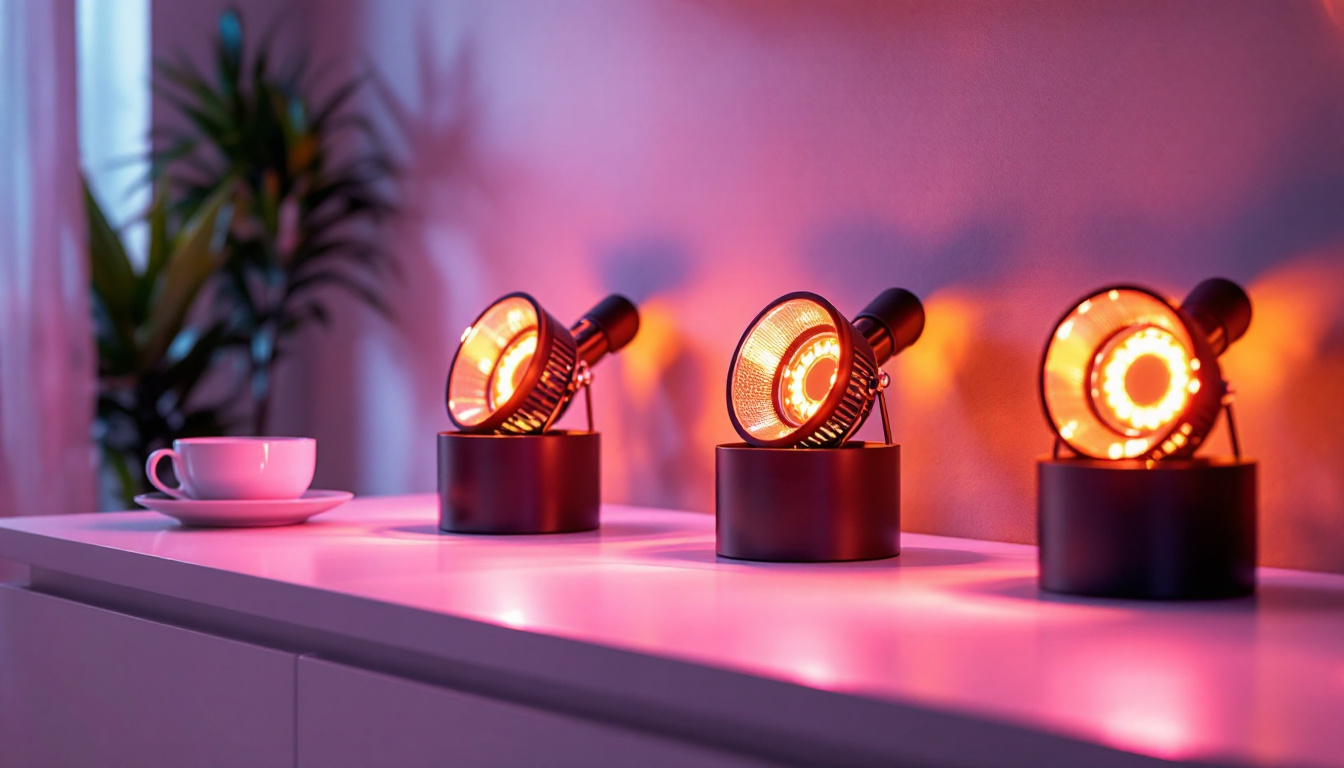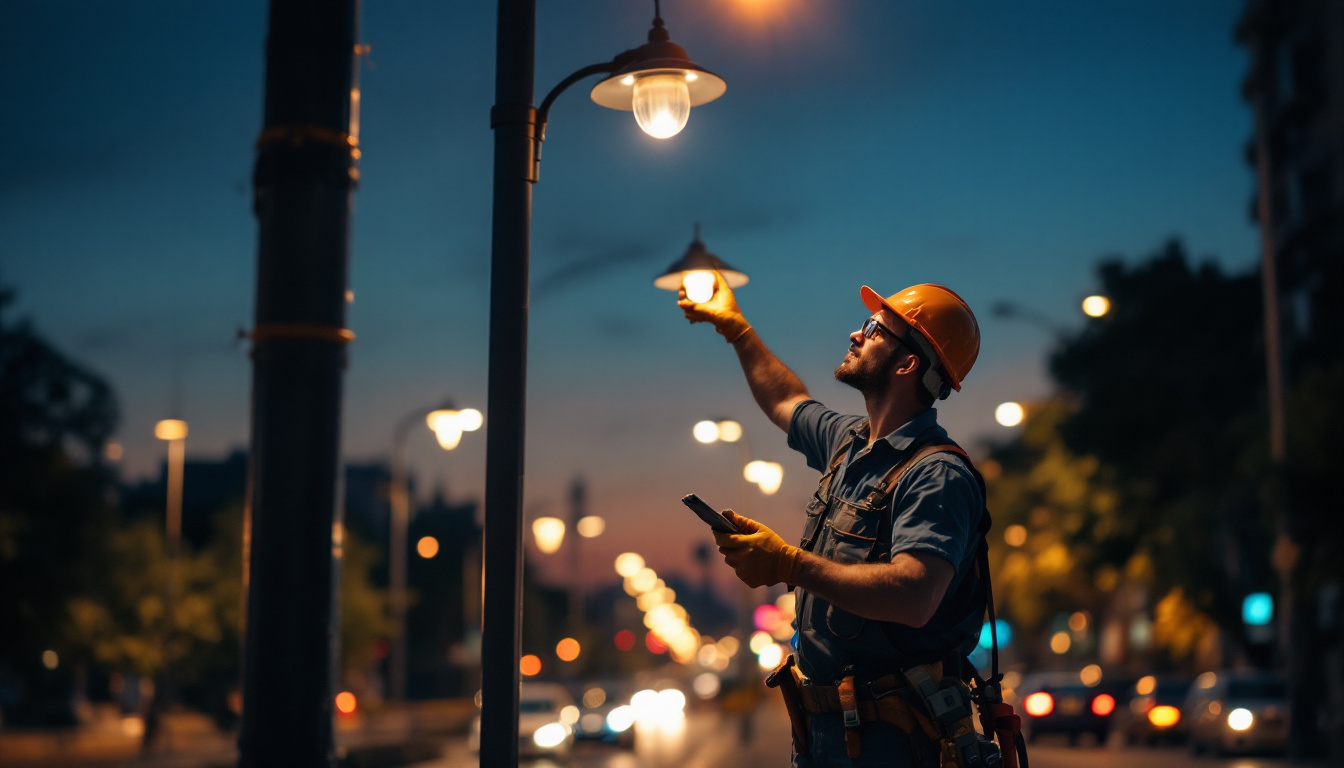
The invention of the light bulb marked a pivotal moment in the history of technology, transforming the way we illuminate our lives and environments. However, the journey to this revolutionary invention was fraught with challenges and issues that had to be overcome. For lighting contractors, understanding these historical challenges can provide valuable insights into modern lighting projects and how to enhance efficiency.
Before the light bulb became a staple in homes and businesses, inventors faced numerous obstacles that tested their ingenuity and perseverance. These challenges ranged from material limitations to the quest for sustainable energy sources.
One of the primary issues in the development of the light bulb was the availability and suitability of materials. Early inventors experimented with various filaments, including carbonized paper and bamboo. However, these materials had limitations in terms of durability and efficiency. The quest for a filament that could withstand high temperatures while providing a reliable light source was a significant hurdle.
Moreover, the electrical components required to power these early bulbs were not as advanced as today’s technology. This meant that inventors had to constantly innovate, seeking materials that could conduct electricity effectively while minimizing energy loss. The search for the perfect combination of filament and electrical components was a lengthy and complex process. For instance, Thomas Edison famously tested over 6,000 different materials before settling on carbonized bamboo, which proved to be a breakthrough in filament technology. This relentless experimentation not only showcased the inventors’ determination but also highlighted the trial-and-error nature of scientific discovery during that era.
Another major issue was energy efficiency. Early light bulbs consumed a considerable amount of electricity, leading to high operational costs. This inefficiency not only made lighting unaffordable for many but also raised concerns about the environmental impact of widespread electricity consumption. As a result, inventors were under pressure to create a light bulb that could illuminate spaces effectively without draining resources.
The challenge of energy efficiency continues to resonate today. Lighting contractors must consider energy consumption when designing lighting solutions, ensuring that they balance brightness with sustainability. The lessons learned from the early days of the light bulb can inform modern practices, encouraging a focus on energy-efficient technologies. In fact, the introduction of incandescent bulbs in the late 19th century paved the way for future innovations, such as compact fluorescent lamps (CFLs) and light-emitting diodes (LEDs), which have significantly reduced energy consumption while providing brighter and longer-lasting light. This ongoing evolution in lighting technology reflects not only the advancements in materials and design but also a growing awareness of our responsibility to use energy wisely and sustainably.
Understanding the historical challenges faced in the creation of the light bulb can provide valuable insights for lighting contractors today. By examining these issues, contractors can enhance their project efficiency and deliver better results for their clients.
One of the most important lessons from the early development of the light bulb is the significance of using quality materials. In contemporary lighting projects, selecting the right components can make a substantial difference in both performance and longevity. High-quality LEDs, for example, not only provide better illumination but also have a longer lifespan, reducing the need for frequent replacements.
Contractors should prioritize sourcing materials that meet industry standards and offer durability. This approach not only enhances the quality of the lighting installation but also builds trust with clients who expect long-lasting solutions. By investing in superior materials, contractors can improve project outcomes and customer satisfaction. Furthermore, the use of premium materials can also lead to enhanced aesthetic appeal, allowing for more creative and visually striking designs that can elevate the overall ambiance of a space. Clients are increasingly looking for unique lighting solutions that not only serve a functional purpose but also contribute to the design narrative of their environments.
As energy efficiency remains a critical concern, lighting contractors are encouraged to incorporate energy-efficient technologies into their projects. The evolution of lighting has led to the development of various solutions, such as LED and smart lighting systems, which significantly reduce energy consumption compared to traditional incandescent bulbs.
By promoting energy-efficient options, contractors can help clients save on utility bills while also contributing to environmental sustainability. Additionally, many regions offer incentives for using energy-efficient lighting, which can further enhance the financial appeal of these solutions. Staying informed about the latest advancements in lighting technology will enable contractors to provide innovative and efficient options to their clients. Moreover, the integration of smart lighting systems not only allows for energy savings but also enhances user experience through features like remote control, automation, and customizable settings. This level of personalization can significantly increase the value of a project, as clients appreciate the ability to tailor their lighting to suit various moods and activities, thereby transforming their spaces into more functional and inviting environments.
Beyond material selection and energy efficiency, strategic planning plays a crucial role in improving lighting project efficiency. By adopting a comprehensive approach, contractors can streamline processes and ensure successful project execution.
Before embarking on a lighting project, conducting thorough assessments of the space is essential. This includes evaluating the existing lighting conditions, understanding the client’s needs, and identifying potential challenges. Such assessments allow contractors to develop tailored solutions that meet the specific requirements of each project.
By taking the time to assess the space and gather relevant information, contractors can minimize the risk of costly adjustments later in the project. This proactive approach not only saves time but also enhances client satisfaction by delivering results that align with their expectations. Furthermore, understanding the nuances of the environment—such as the natural light available, the architectural features of the space, and the intended use of the area—can lead to more effective lighting designs that enhance both functionality and aesthetics.
Effective project management is another key factor in enhancing lighting project efficiency. By implementing structured project management practices, contractors can improve communication, coordination, and overall workflow. Utilizing project management software can help track progress, assign tasks, and manage timelines more effectively.
Additionally, fostering collaboration among team members and stakeholders can lead to more innovative solutions and quicker problem-solving. Regular check-ins and updates can keep everyone aligned and focused on project goals, ultimately leading to a more efficient execution. Moreover, integrating feedback loops within the project management framework allows for continuous improvement, enabling teams to adapt to challenges in real-time and refine their strategies as the project evolves. This dynamic approach not only enhances team morale but also cultivates a culture of accountability and shared ownership, which is essential for the successful completion of any lighting project.
Innovation is at the heart of the lighting industry, and embracing new design concepts can significantly enhance project efficiency. Lighting contractors should remain open to exploring innovative approaches that can elevate their projects and meet evolving client demands. The rapid advancement of technology in this field has opened doors to creative possibilities that were once unimaginable, allowing for a more dynamic interaction between light and space.
Smart lighting solutions have gained popularity in recent years, offering advanced features such as remote control, automation, and energy monitoring. By integrating smart lighting systems into projects, contractors can provide clients with greater control over their lighting environments, leading to improved energy efficiency and convenience. These systems can be programmed to adjust based on the time of day or occupancy, ensuring that energy is not wasted when spaces are unoccupied.
Moreover, smart lighting can enhance the overall aesthetic of a space, allowing for customizable lighting scenes that cater to different activities and moods. For instance, a living room can be transformed from a bright, vibrant space for entertaining guests to a soft, warm environment perfect for a cozy movie night with just a few taps on a smartphone. By incorporating these innovative solutions, contractors can differentiate themselves in a competitive market while delivering added value to clients. Additionally, the integration of smart technology can also facilitate maintenance and troubleshooting, as many systems can self-diagnose issues and alert users to potential problems before they escalate.
Sustainability is an increasingly important consideration in lighting design. Contractors can enhance project efficiency by exploring sustainable practices, such as using eco-friendly materials and energy-efficient technologies. This commitment to sustainability not only aligns with consumer preferences but also contributes to a positive brand image. The shift towards LED lighting has been a game-changer, as these products consume significantly less energy and have a longer lifespan compared to traditional incandescent bulbs, thus reducing waste and operational costs.
Incorporating renewable energy sources, such as solar-powered lighting, can further enhance sustainability efforts. Solar lighting solutions are particularly beneficial for outdoor spaces, as they harness natural sunlight to power fixtures, reducing reliance on grid electricity. By offering clients environmentally responsible solutions, contractors can position themselves as leaders in the industry while also addressing the growing demand for green building practices. Furthermore, educating clients about the long-term savings and environmental benefits of sustainable lighting can foster stronger relationships and encourage repeat business, as clients appreciate the value of investing in eco-friendly solutions that align with their values.
The invention of the light bulb was not without its challenges, but the perseverance of early inventors paved the way for the advanced lighting solutions available today. For lighting contractors, understanding the historical issues surrounding the development of the light bulb can provide valuable insights into enhancing project efficiency.
By prioritizing quality materials, incorporating energy-efficient technologies, and embracing innovative practices, contractors can improve their project outcomes and meet the evolving needs of their clients. As the lighting industry continues to evolve, learning from the past will be essential in shaping a brighter and more efficient future.
Ready to enhance your lighting projects with the efficiency and innovation discussed in this article? Look no further than LumenWholesale, where we provide contractors with the highest quality, spec-grade lighting products at unbeatable wholesale prices. Say goodbye to local distributor markups and hello to our extensive selection that meets the highest industry standards. With LumenWholesale, you get the reliability and performance you need, paired with the convenience of hassle-free bulk buying and free shipping. Elevate your lighting solutions today and experience the best value in wholesale lighting by visiting Wholesale Lighting at the Best Value.

Discover how exterior sensor lights can revolutionize your lighting projects by enhancing efficiency and security.

Discover how 4 LED pot lights can transform your lighting projects and boost your business success.

Explore the essential considerations for lighting contractors when selecting under cabinet light fixtures.

Discover the key challenges lighting contractors face with street lamp poles, from installation hurdles to maintenance complexities.